Take Out the Papers and the Trash

Monday, June 17, 2013: The Russian Progress 51 cargo spacecraft, now filled with trash, separated from the aft-end port of the Zvezda service module of the International Space Station on June 11, 2013. The Progress 51 will orbit Earth for a few days while controllers in Moscow perform engineering tests. Then, the cargo craft will re-enter the atmosphere over the Pacific Ocean, and burn up.
— Tom Chao
Show Me Your Face
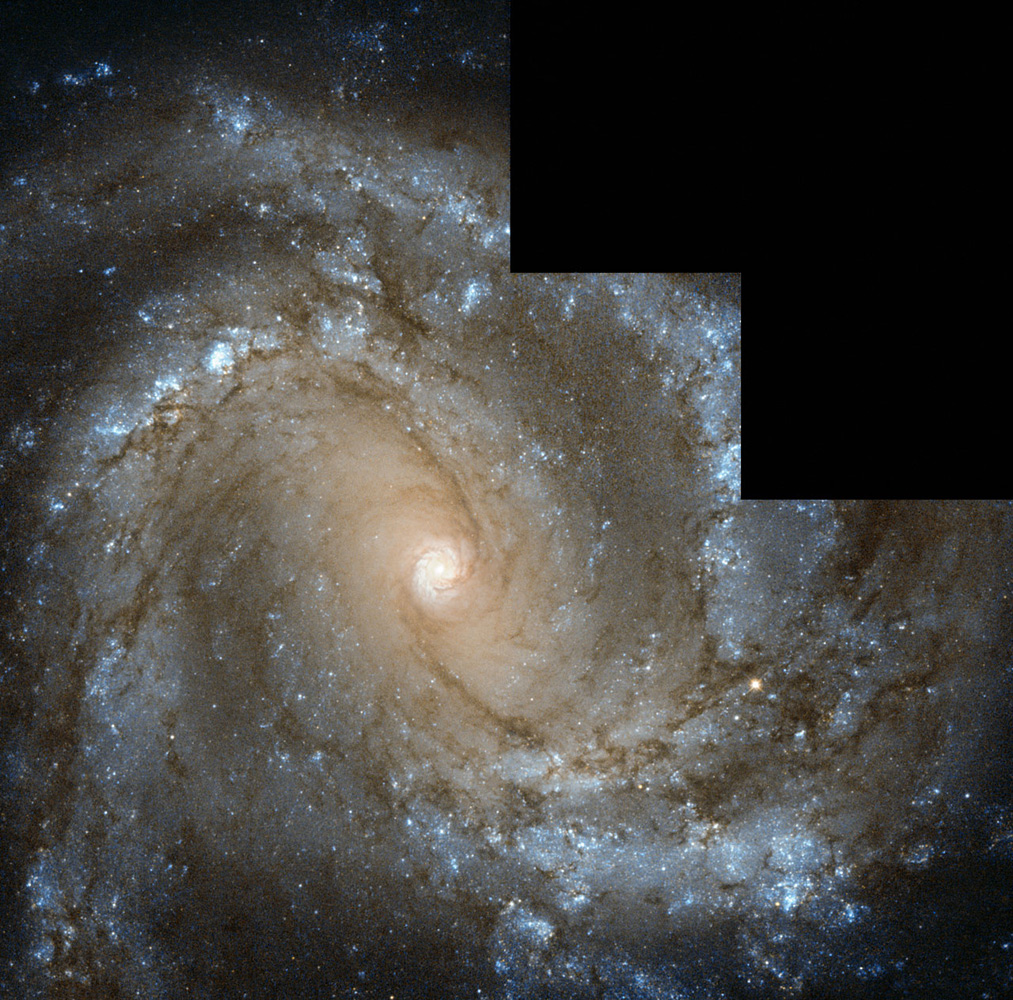
Tuesday, June 18, 2013: Nearby spiral galaxy Messier 61 (NGC 4303) faces Earth, as it glows 55 million light-years away. The galaxy has a diameter of around 100,000 light years, making it about the size of the Milky Way. Notably, six observed supernovae exist within Messier 61, placing it in a group of galaxies which includes Messier 83, also with six supernovae observed, and NGC 6946, having nine observed supernovae. Messier 61 makes up part of the Virgo Galaxy Cluster, a massive group of galaxies in the constellation of Virgo (the Virgin).
The Night Visitors
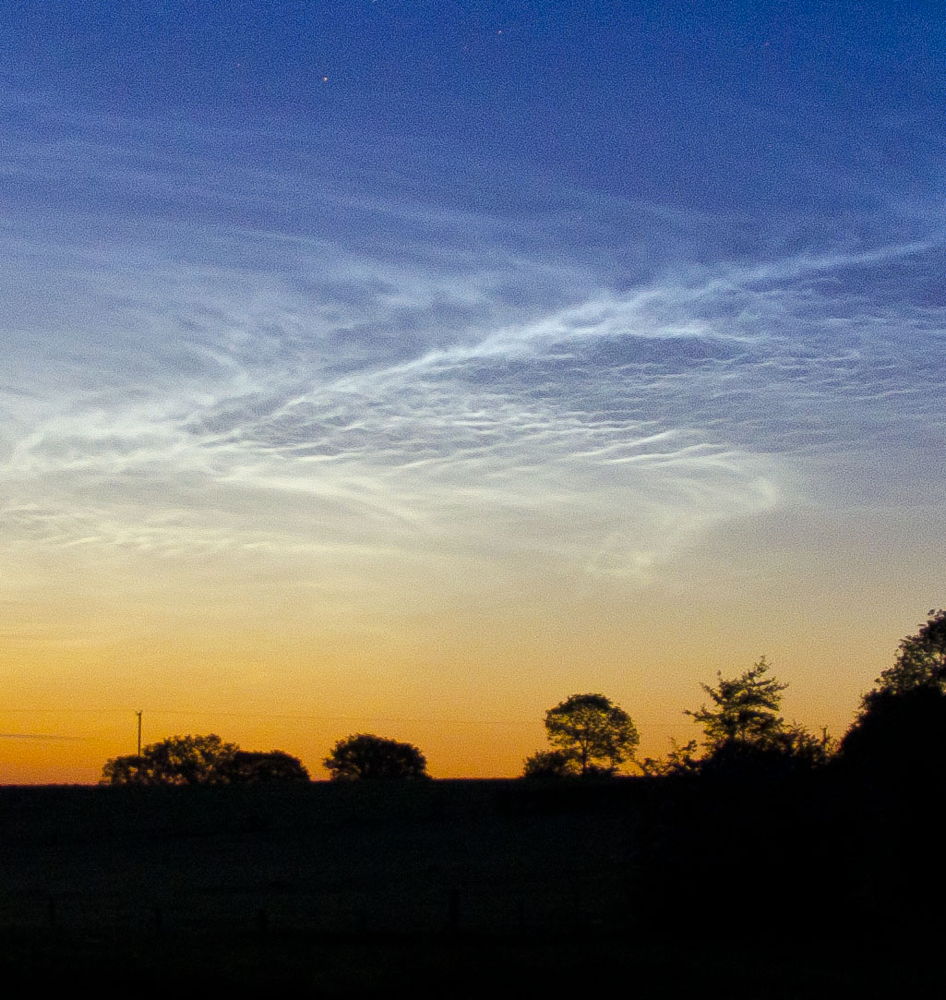
Wednesday, June 19, 2013: Astrophotographer Declan O'Doherty sent in a photo of noctilucent clouds (NLC) taken in County Derry, N. Ireland, on the evening of June 5-6, 2013.
— Tom Chao
Draw the Lines
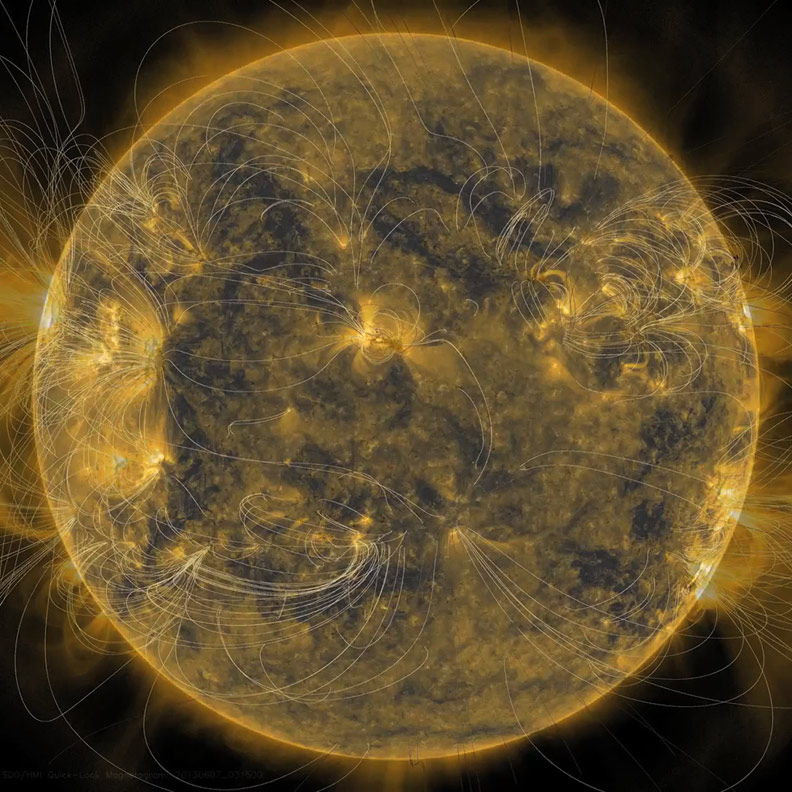
Thursday, June 20, 2013: Different images of the sun taken about the same time on June 7, 2013, reveal the underlying magnetic structure of the sun and its appearance above the surface. A magnetic image of the sun contains darker and lighter tones indicating the stronger north and south polarity of active regions. An extreme ultraviolet image shows arcs of magnetic field lines rising out of and returning to the same active regions. Further, scientists illustrate the magnetic field lines, providing a visual lesson in solar magnetism.
— Tom Chao
Like a Bolt Out of the Blue
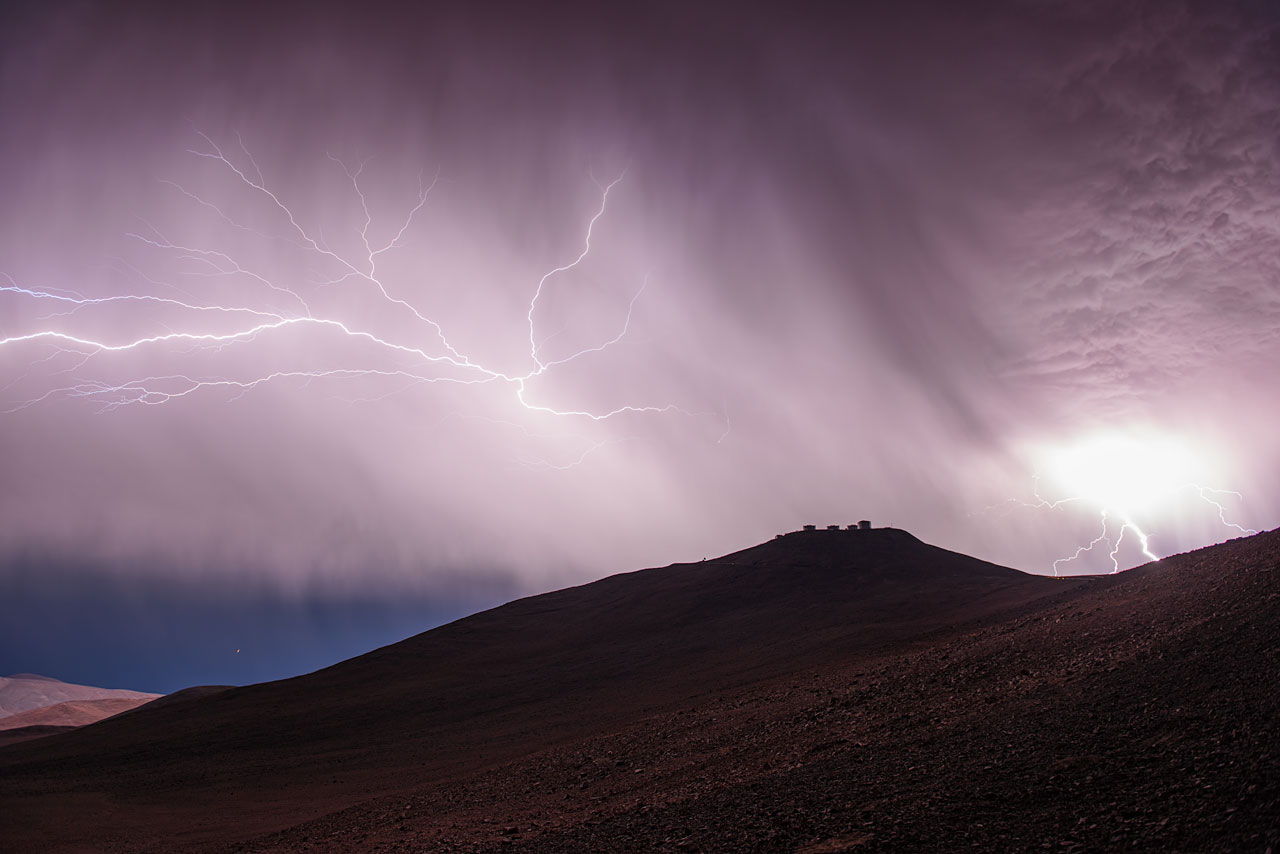
Friday, June 21, 2013: A thunderstorm discharges rare lightning over Cerro Paranal in the Atacama Desert of northern Chile. The vast lightning bolts dwarf the four VLT Unit Telescopes, despite each one standing as tall as an eight-story building. Where normally the entire southern sky shines with stars at night, here only one star peeks out (at left), Procyon, a bright binary star in the constellation of Canis Minor (The Lesser Dog). Clouds over ESO’s Paranal Observatory rarely appear, as on average, the site experiences 330 clear days every year. Lightning flashes even more rarely, as the observatory is located in one of the driest places in the world. At 8500 feet (2600 meters) above sea level, if clouds form, the observatory stands above them most of the time.
— Tom Chao
Further Out There Is the Milky Way
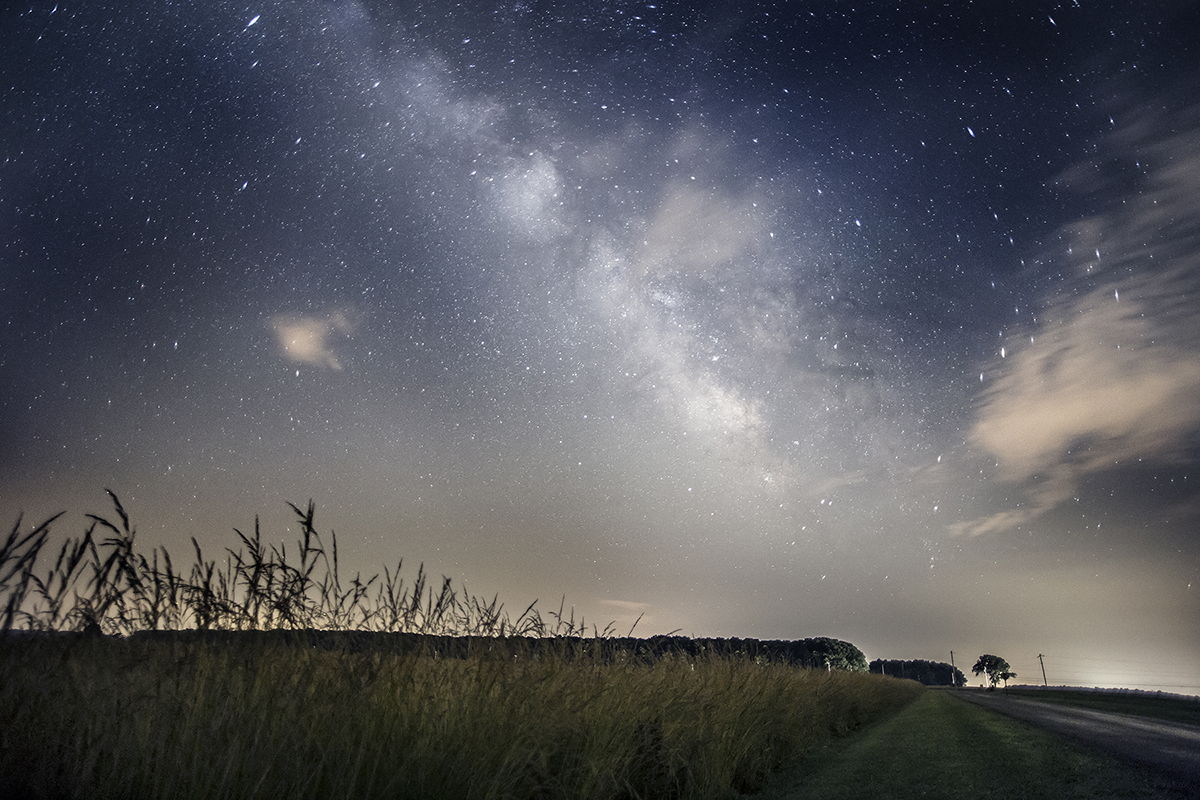
Monday, June 24, 2013: Astrophotographer Scott Hoggard sent in a photo of the Milky Way over route 404 on Maryland's Eastern Shore in Queen Anne County, taken June 16, 2013.
— Tom Chao
Days Change to Night
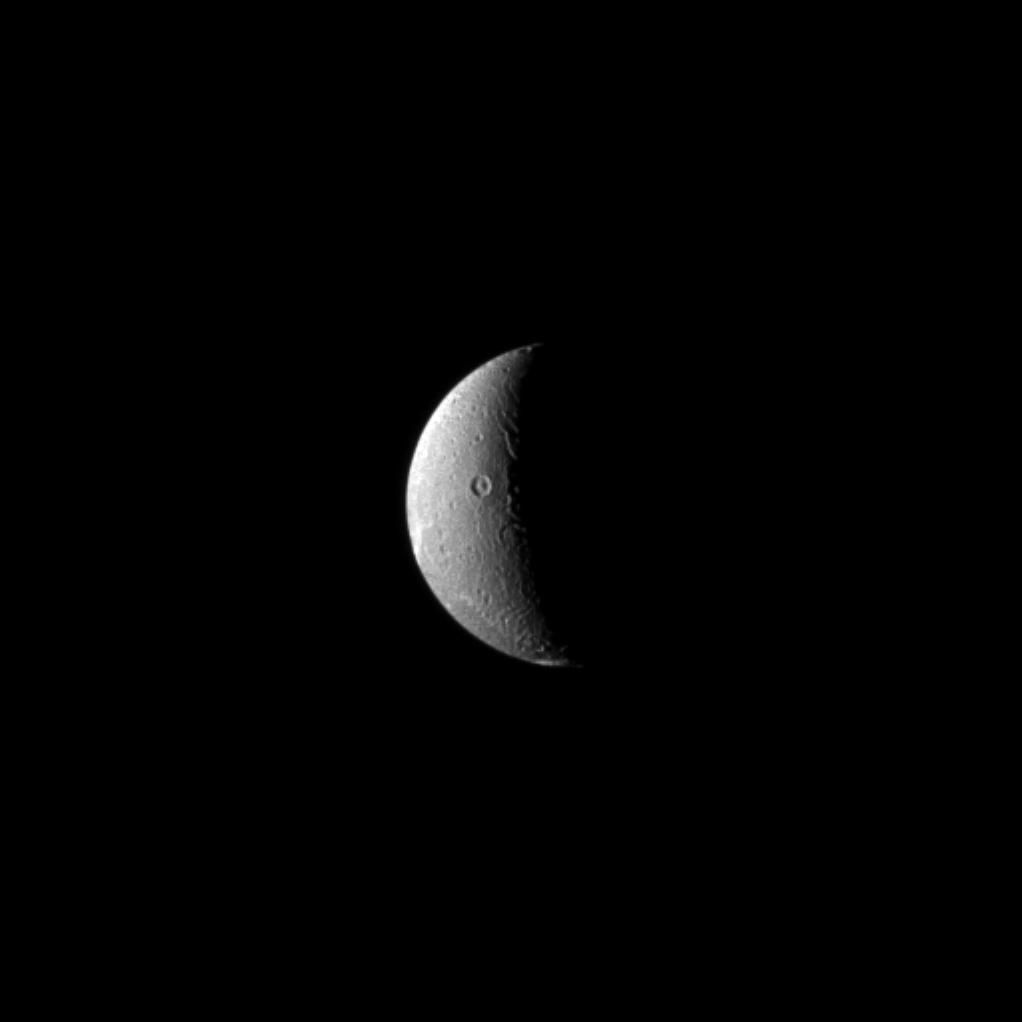
Tuesday, June 25, 2013: Dione rotates, bringing terrain from day into night. However, no sense of urgency grips the moon, as its rotation period is 66 hours. Saturn's fourth-largest moon, Dione, stretches 698 miles (1,123 kilometers) across. The Cassini spacecraft narrow-angle camera took the image in visible light on March 30, 2013.
— Tom Chao
Get the Space.com Newsletter
Breaking space news, the latest updates on rocket launches, skywatching events and more!
The Cloud Minders

Wednesday, June 26, 2013: ESO’s longest-serving observatory, La Silla, floats high above the clouds in northern Chile, just after sunset. Light from a moon that lies outside the frame bathes the observatory and reflects from the clouds below. The very faint band of golden light above the clouds still illuminated by the sunset represents zodiacal light. This phenomenon occurs when sunlight strikes dust particles between the sun and the planets. Image released June 24, 2013.
— Tom Chao
It's Easy as 123
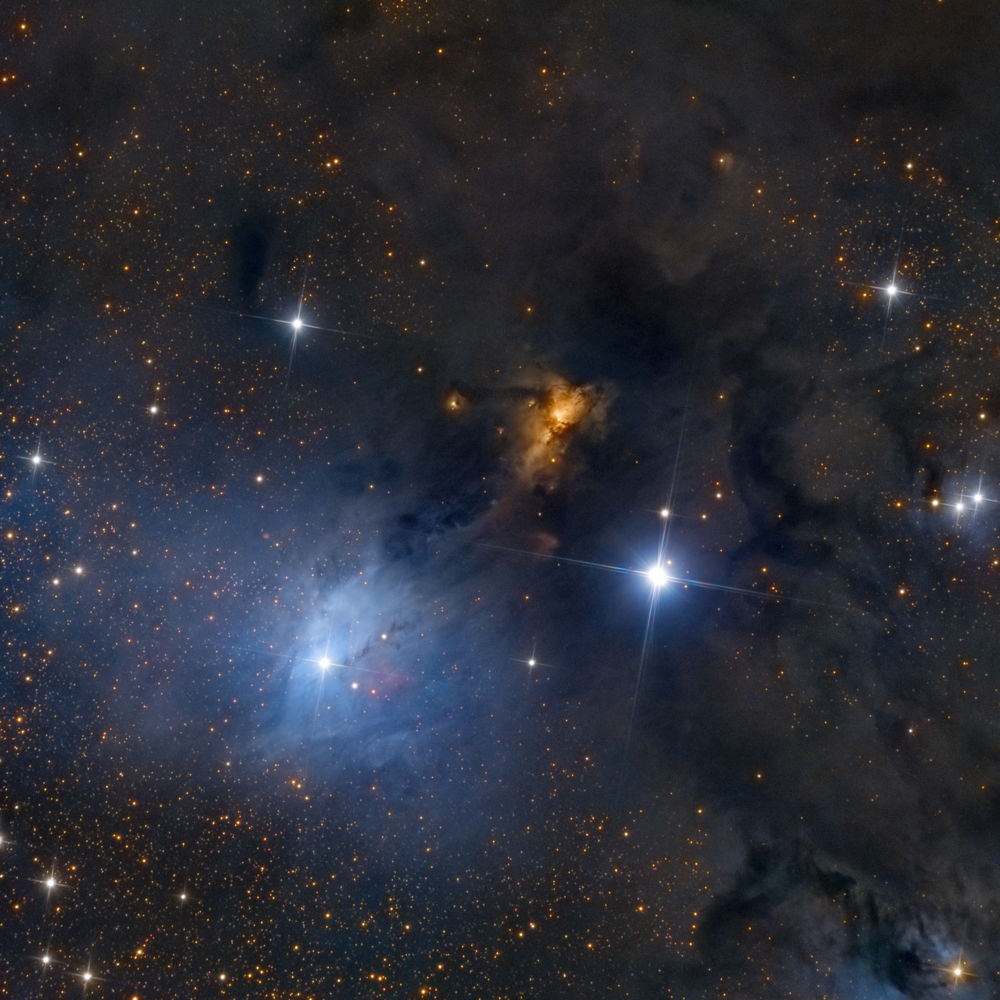
Thursday, June 27, 2013: vdB 123 shines in a photo from the Mt. Lemmon SkyCenter acquired in June 2013. vdB 123 is one of 158 reflection nebulas catalogued by Canadian astronomer Sidney van den Bergh. It is labeled M for moderate brightness.
— Tom Chao
The Edge
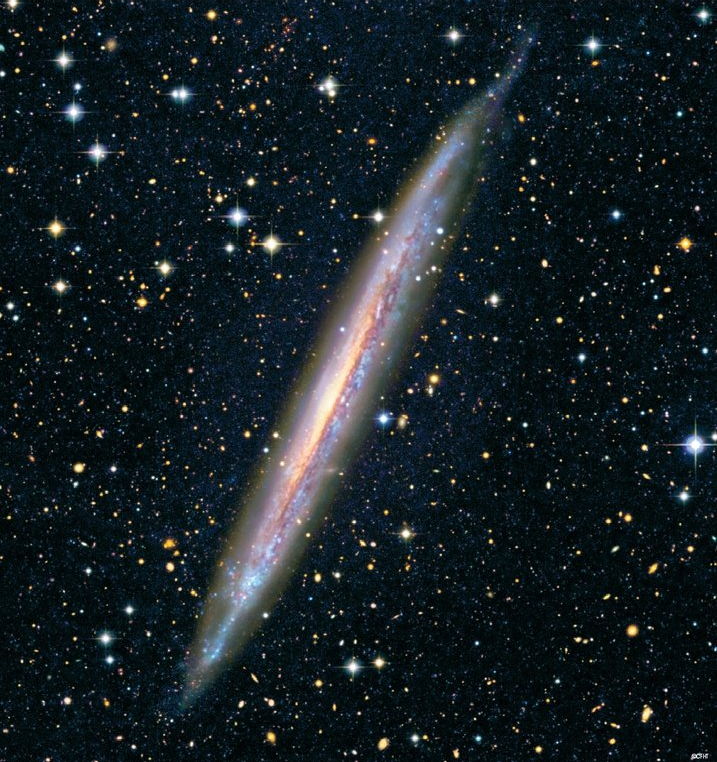
Friday, June 28, 2013: Large spiral galaxy NGC 5907 lies edgewise to observers on Earth. A thin layer of brownish insterstellar dust lies within the galactic disk. Bluish areas in that disk show where massive stars form. The orange color of the central bulge indicates an old stellar population.
— Tom Chao
Join our Space Forums to keep talking space on the latest missions, night sky and more! And if you have a news tip, correction or comment, let us know at: community@space.com.

